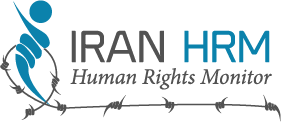Morteza Abdol-Hosseini was studying in college.
He was 29 when he was hanged in Evin Prison on August 3, 1988.
Morteza was serving his 15-year prison sentence. However, he and his brother, Ali-Akbar Abdol-Hosseini, were executed during the massacre of political prisoners in 1988.
Their father had endeavored very much to obtain the release of the two brothers. Instead, the regime’s agents gave him the news of the execution of his children, and demanded him to pay for the bullets used for coups de grace.
The bereaved father said: “I wanted them alive. Shall I pay you money to buy more bullets and pierce the chests of more young people?”
In reaction to these remarks, the prison authorities refused to give him the addresses of his children’s graves.
Three decades past this crime, the family still does not know of the place of his burial.
A Crime Against Humanity
The Facts
- In 1988, the Iranian regime massacred 30,000 political prisoners.
- The executions took place based on a fatwa by Supreme Leader Khomeini.
- Three-member commissions known as ‘Death Commissions’ were formed across Iran sending political prisoners who refused to abandon their beliefs to execution.
- The victims were buried in secret mass graves.
- The perpetrators continue to enjoy impunity.
- Since 2016, the names of nearly 100 ‘Death Commission’ members have been revealed. Many still hold senior positions in the Iranian judiciary or government.
The Human Rights Council needs to conduct an international investigation into the 1988 massacre. This would be the first step to end the impunity for the officials, agents and those who ordered the largest political crime of the century.
Khamenei and other leaders of the regime need to be prosecuted and face justice for committing crimes against humanity.











